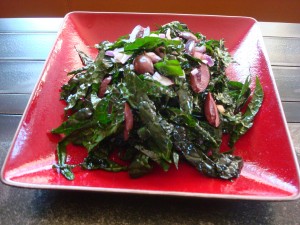
Yeah, it happened to me too at the end of the year-I couldn’t resist eating the homemade goodies that arrived in little cellophane gift bags tied with pretty ribbons. Full disclosure: I could resist most cookies but not the homemade almond roca or the toffee. So, as the New Year begins, I am sharing my antidote for replacing the sweet taste that might still be clinging to your palate, and derailing your healthy food choices too.
At Parsley Farm, lacinato kale, or commonly referred to as dinosaur kale, is our primary winter food crop. All the cruciferous vegetables grow well in the Pacific Northwest climate, but kale, in particular, seems to thrive. And if it thrives, we thrive. Unlike cabbage, broccoli or Brussels sprouts, which mature for a one-time harvest, kale, a plant that keeps on giving throughout the seasons, will continue to generate growth when some of its leaves are picked as it develops. If you start your plants in the spring, by fall they will mature into big leafy plants, mighty manufacturers of nutrient dense nutrition for picking throughout the winter.
Kale is a medicinal money tree as far as I’m concerned. With many large plants growing in my garden, I feel rich. In Chinese medicine, we view kale as slightly bitter which benefits the liver and heart. All dark green vegetables nourish the blood, but kale also has a detoxifying effect, which can be helpful for anyone with cancer thus my strong attraction to this plant. It is also helpful for lowering cholesterol. Besides being rich in vitamins such as Vit A, C and K, it is also a good source of iron, magnesium and calcium.
Massaging raw kale is my favorite way to prepare it because by manually breaking down the cell walls, we render it into a tender, digestible and delicious dish. The shiny deep dark green leaves seem to transform into something more akin to seaweed with all the nutrient richness of chlorophyll coming to the surface, but with none of the fishy taste. Below is my basic recipe because I like the simple, clean taste of the kale itself with a little red onion, but it can be fancied up with red pepper, olives or sprouts, or whatever else you might imagine.
Parsley Farm
Massaged Raw Kale Salad
Ingredients
1 bunch kale
1 – 2 tbsp balsamic vinegar (or, any other acid: ½ lemon or lime; rice vinegar, apple cider vinegar)
1/8 cup extra-virgin olive oil
2 pinches of sea salt (adjust to taste)
¼ cup red onion sliced thinly
First, cut the stems out of the kale.
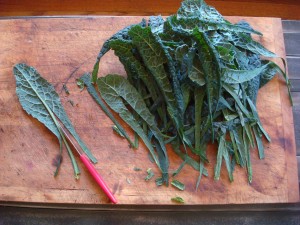
Roll up a few de-stemmed leaves at a time and then slice them into narrow bite size pieces.
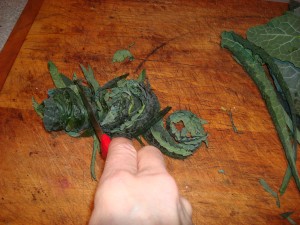
Put all of the sliced kale into a bowl, add 2 pinches of salt and drizzle olive oil over the greens. After washing your hands, massage the kale with your hands for 2 -3 minutes until they soften and wilt, and become visibly darker. Add your vinegar and stir. Add sliced red onion, and any other additions such as red pepper, olives or sprouts. Toss, serve, and eat ALLOT.
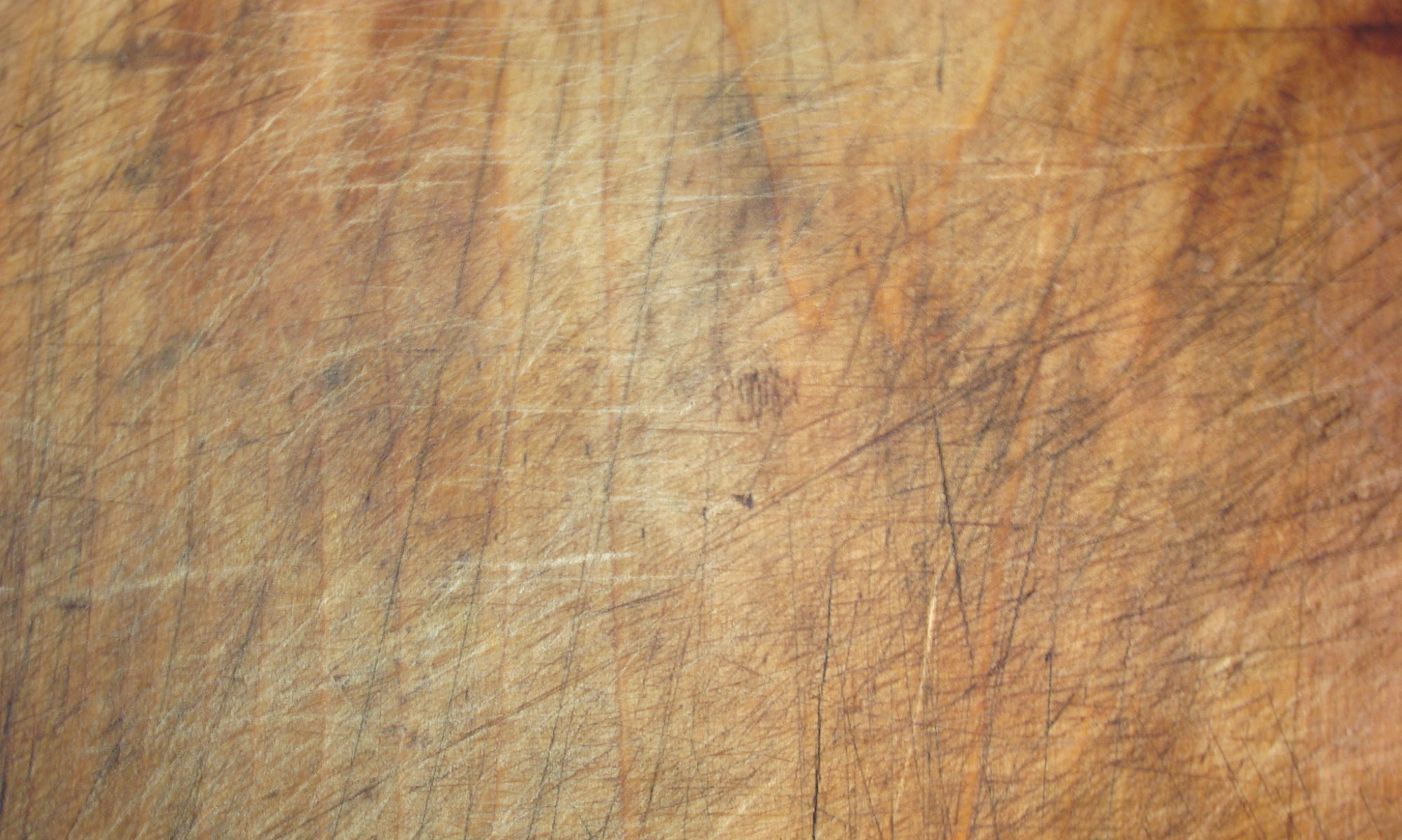
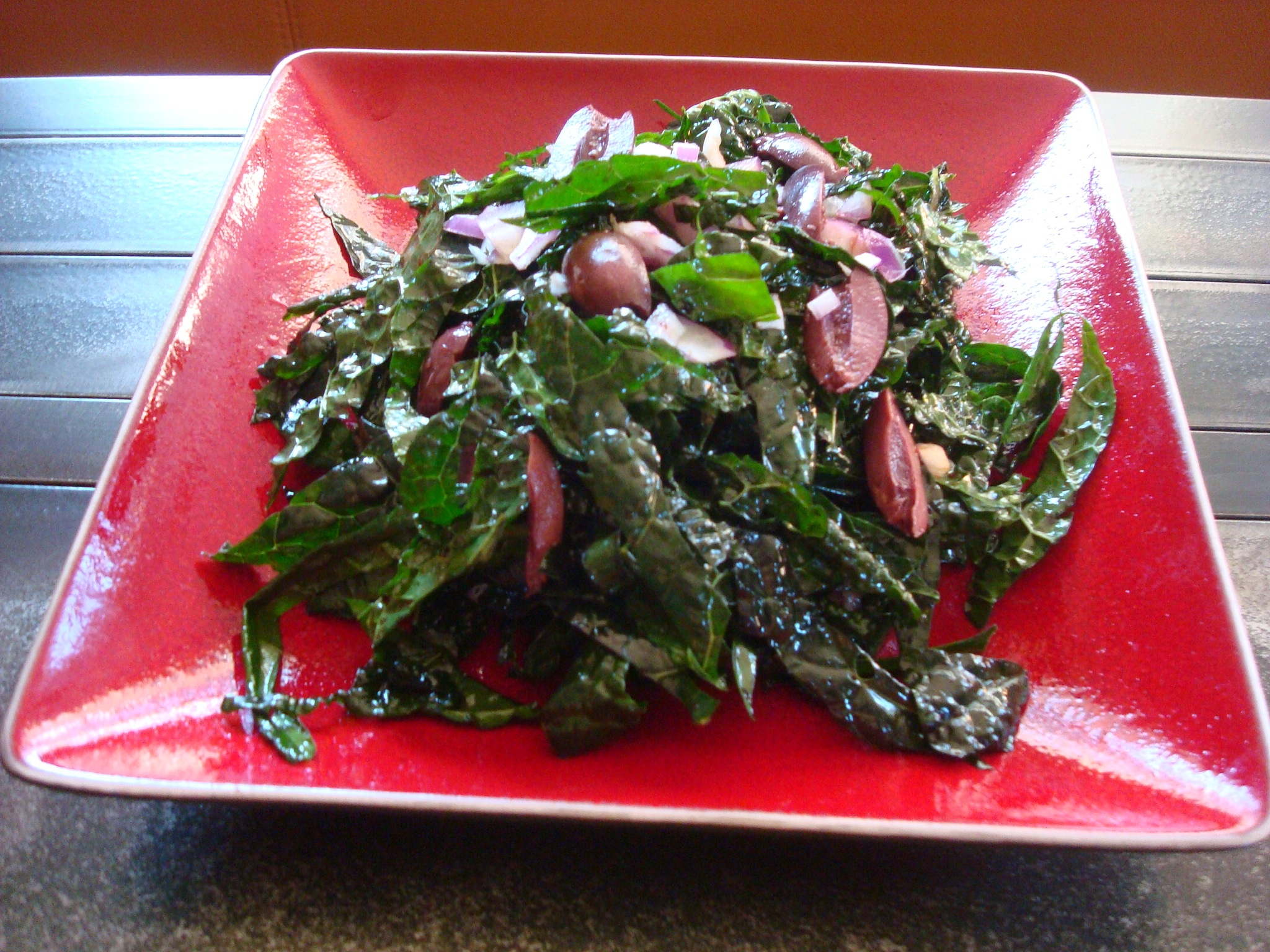

 Southend Sake for sale this Saturday (Dec. 8th) at the Rainier Beach Community Club Holiday Bazaar located at VFW, 6038 S. Pilgrim Street, Seattle, 10a.m.-2p.m.
Southend Sake for sale this Saturday (Dec. 8th) at the Rainier Beach Community Club Holiday Bazaar located at VFW, 6038 S. Pilgrim Street, Seattle, 10a.m.-2p.m.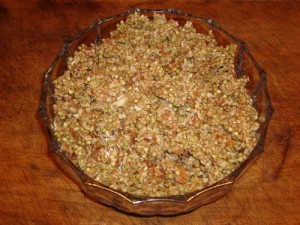 When fall turns to winter, we all start looking for our sugar fixes. We seem to have a physiologic insistence for heavier, denser food, specifically in the form of carbohydrates. For Craig and I, that urge hit on December 1st. For the most part, we eat the Paleolithic diet, which consists of raw foods, cooked vegetables and grilled meat. I occasionally eat quinoa but generally no grains, starches, dairy or refined sugars. The benefit of this kind of diet is my lymphoma stays in remission. I also have no ups and downs in terms of weight gain or energy level, and have zero food cravings. Reason enough to keep me on the straight and narrow, and feel good about it.
When fall turns to winter, we all start looking for our sugar fixes. We seem to have a physiologic insistence for heavier, denser food, specifically in the form of carbohydrates. For Craig and I, that urge hit on December 1st. For the most part, we eat the Paleolithic diet, which consists of raw foods, cooked vegetables and grilled meat. I occasionally eat quinoa but generally no grains, starches, dairy or refined sugars. The benefit of this kind of diet is my lymphoma stays in remission. I also have no ups and downs in terms of weight gain or energy level, and have zero food cravings. Reason enough to keep me on the straight and narrow, and feel good about it.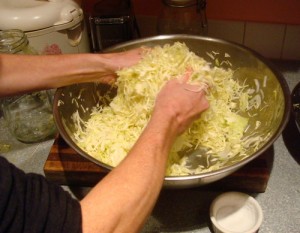 I always have containers of bubbling fermenting vegetables around so I can get my live food hit all year. In my kitchen, you’ll see glass jars of cabbage, turnips and tomatoes, crocks of cucumbers and chickpea miso, and plastic buckets with rice sake, all breaking down into highly digestible delectables. Fermentation not only is an excellent way to preserve vegetables, it also increases nutritional content, removes toxins and generates enzymes in the process. Eating fermented food introduces lactobacillus bacteria (probiotics) into your digestive system. When it comes to health and strong immunity, lactobacillus bacteria is your best friend-the one who will watch your gut.
I always have containers of bubbling fermenting vegetables around so I can get my live food hit all year. In my kitchen, you’ll see glass jars of cabbage, turnips and tomatoes, crocks of cucumbers and chickpea miso, and plastic buckets with rice sake, all breaking down into highly digestible delectables. Fermentation not only is an excellent way to preserve vegetables, it also increases nutritional content, removes toxins and generates enzymes in the process. Eating fermented food introduces lactobacillus bacteria (probiotics) into your digestive system. When it comes to health and strong immunity, lactobacillus bacteria is your best friend-the one who will watch your gut.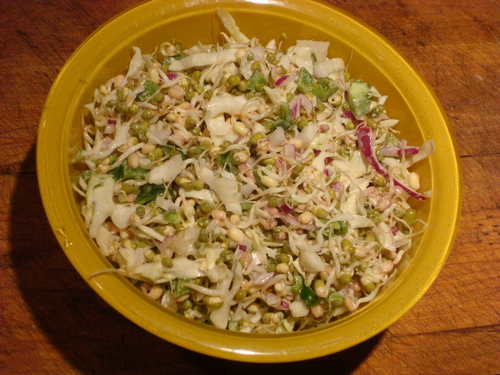


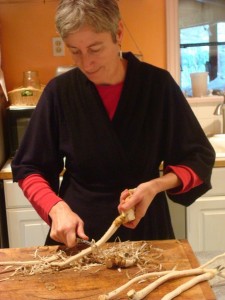 Here I am innocently scraping the outerlayer off the horseradish root I just dug out of the garden. I’m thinking about my next steps in making horseradish sauce where I will chop the root into small pieces and then, along with salt, add white vinegar, a little water, before mixing them up in the Cuisinart. It’s all very straightforward, ordinary kitchen crafting. My intent is to use the horseradish in my raw salads because I like its bite.
Here I am innocently scraping the outerlayer off the horseradish root I just dug out of the garden. I’m thinking about my next steps in making horseradish sauce where I will chop the root into small pieces and then, along with salt, add white vinegar, a little water, before mixing them up in the Cuisinart. It’s all very straightforward, ordinary kitchen crafting. My intent is to use the horseradish in my raw salads because I like its bite.